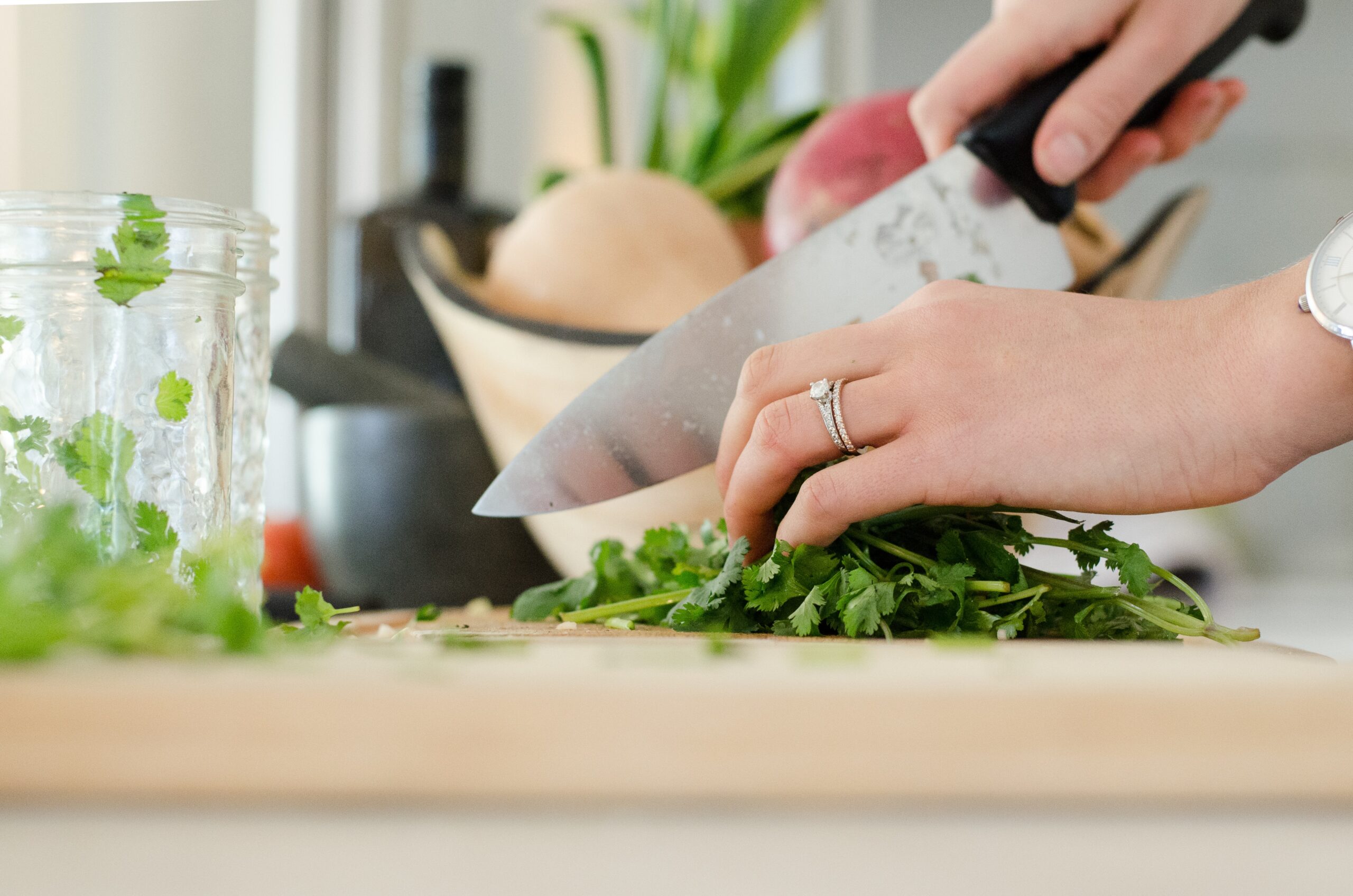Maintaining a clean and sanitized kitchen is of utmost importance when it comes to food preparation. Proper sanitation practices help ensure the safety and well-being of you and your loved ones. In this article, we will share 10 professional tricks for sanitizing your kitchen area to create a hygienic environment for food prep.
Start with Clean Surfaces:
Before beginning any food preparation, make sure all kitchen surfaces, including countertops, cutting boards, and utensils, are thoroughly cleaned. Use hot, soapy water and a sponge or cloth to remove any visible dirt or debris.
Embrace the Power of Hot Water:
Hot water is a simple yet effective tool for sanitizing your kitchen. Use hot water to wash dishes, utensils, and cutting boards. The high temperature helps kill bacteria and germs.
Implement a Two-Sink System:
To prevent cross-contamination, establish a two-sink system: one for washing and the other for sanitizing. Fill one sink with hot, soapy water for washing, and the other with a sanitizing solution, such as a mixture of one tablespoon of bleach per gallon of water.
Master the Art of Cutting Board Sanitization:
Cutting boards can harbor harmful bacteria. After each use, wash cutting boards with hot, soapy water, then sanitize them with a diluted bleach solution or use a food-safe sanitizing spray.
Harness the Power of Vinegar:
Vinegar is a natural disinfectant that can effectively kill bacteria and germs. Create a sanitizing spray by mixing equal parts water and white vinegar. Use this solution to wipe down countertops, appliances, and sink areas.
Tackle the Fridge and Freezer:
Regularly clean and sanitize your refrigerator and freezer to maintain food safety. Remove all food items, discard expired products, and wipe down shelves and drawers with a mixture of hot water and mild detergent. Rinse and dry thoroughly before restocking.
Don’t Forget About Handles and Switches:
High-touch areas such as refrigerator handles, oven knobs, and light switches can harbor germs. Regularly sanitize these areas with disinfecting wipes or a cloth soaked in a sanitizing solution.
Mind Your Sponges and Dishcloths:
Kitchen sponges and dishcloths can quickly become breeding grounds for bacteria. Disinfect sponges by microwaving them for one minute or placing them in the dishwasher. Replace dishcloths regularly, and wash them in hot water with bleach to kill germs.
Deep Clean Your Sink:
Your kitchen sink can harbor bacteria and food particles. Clean and sanitize your sink daily by scrubbing it with hot, soapy water, then rinsing with a sanitizing solution.
Maintain a Regular Cleaning Schedule:
Consistency is key when it comes to kitchen sanitation. Develop a regular cleaning schedule that includes daily wiping down of surfaces, weekly deep cleaning, and monthly maintenance tasks such as cleaning the oven and pantry organization.
Conclusion:
With these professional tricks for sanitizing your kitchen, you can create a safe and hygienic environment for food preparation. By implementing these practices consistently, you reduce the risk of foodborne illnesses and promote the well-being of your household. Remember, a clean and sanitized kitchen is the foundation of healthy and enjoyable cooking experiences.
10 tricks for sanitizing your kitchen area for food prep
